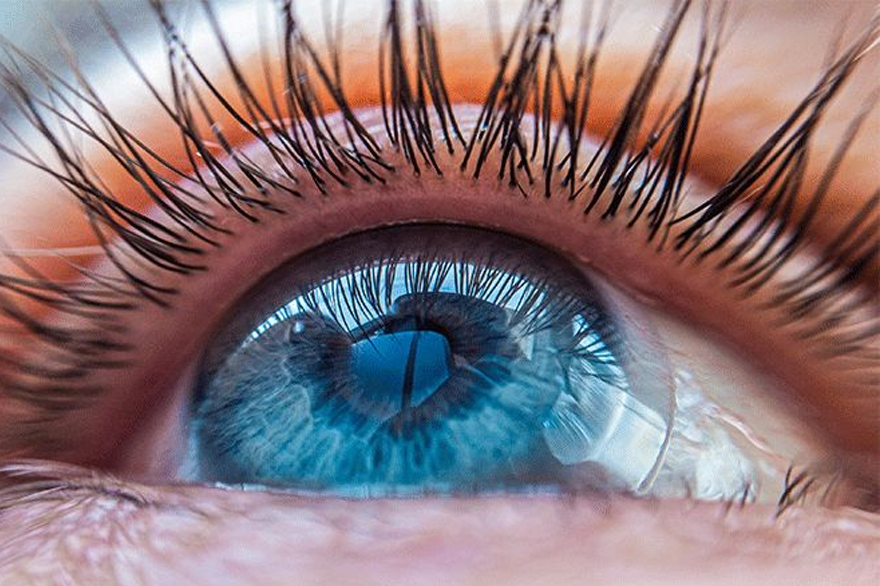
Contact Lens
A contact lens, or simply contact, is a thin lens placed directly on the surface of the eye. Contact lenses are considered medical devices and can be worn to correct vision, or for cosmetic or therapeutic reasons.[1] In 2004, it was estimated that 125 million people worldwide use contact lenses, including 28 to 38 million in the United States. In 2010, the worldwide market for contact lenses was estimated at $6.1 billion, while the US soft lens market was estimated at $2.1 billion. Multiple analysts estimated that the global market for contact lenses would reach $11.7 billion by 2015.As of 2010, the average age of contact lens wearers globally was 31 years old, and two-thirds of wearers were female.
People choose to wear contact lenses for many reasons.Aesthetics and cosmetics are the main motivating factors for people who want to avoid wearing glasses or to change the appearance of their eyes. Others wear contact lenses for functional or optical reasons. When compared with spectacles, contact lenses typically provide better peripheral vision, and do not collect moisture (from rain, snow, condensation etc.) or perspiration. This can make them preferable for sports and other outdoor activities. Contact lens wearers can also wear sunglasses, goggles, or other eyewear of their choice without having to fit them with prescription lenses or worry about compatibility with glasses. Additionally, there are conditions such as keratoconus and aniseikonia that are typically corrected better with contact lenses than with glasses.[citation needed]
The size of the contact lens market is likely to grow due to the increasing occurrence of eye-related conditions such as astigmatism, hypermetropia and myopia. The other drivers are increasing population, the desire to make fashion statements, and technological advancement. By the end of 2020, the value of the contact lens market is predicted to reach $13.5 billion.
Meet Our Doctors


